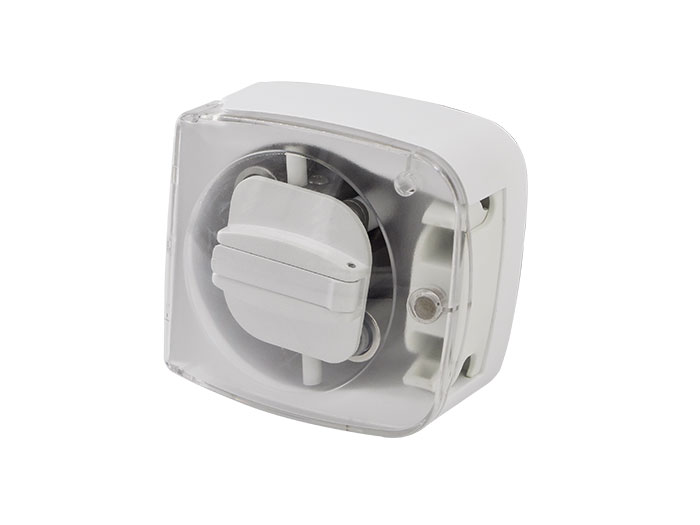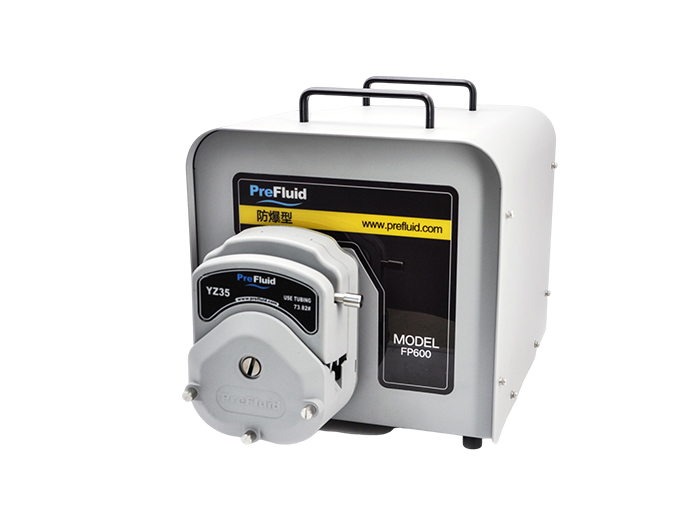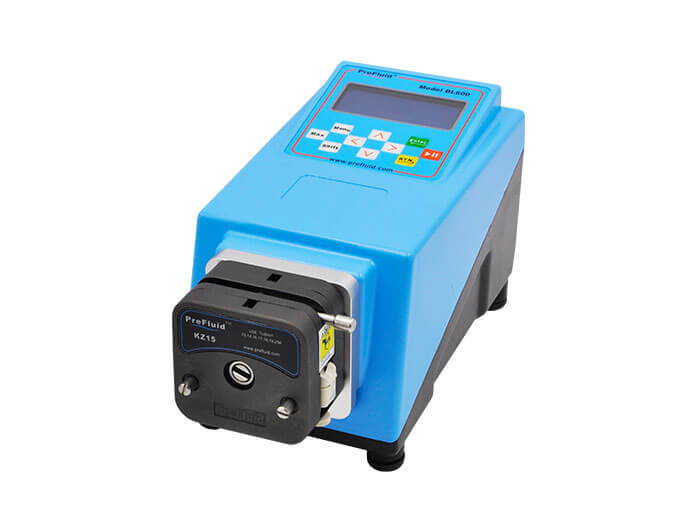Gear pumps and peristaltic pumps are two common types of pumps, which are widely used in industrial and agricultural fields. Although both types of pumps can produce shear force, there are fundamental differences in how they work and where the shear force comes from.
Gear pump is a pump that generates pressure by rotating gears. It consists of a pair of gears whose teeth mesh with each other, and the liquid flows through the rotation of the gears. In the meshing process of the gear, the liquid will be subjected to a certain shear force. The size of this shear force depends on factors such as the shape of the gear, the viscosity of the liquid, and the speed of the pump. Gear pumps are usually suitable for conveying high viscosity liquids or high pressure conditions.
A peristaltic pump, on the other hand, is a pump that pushes liquid flow through an elastic hose that constantly contracts and expands. The main component of the peristaltic pump is an elastic hose, when the hose is compressed, the liquid will be squeezed out, and when the hose is restored, the liquid will be sucked into the pump. The peristaltic pump generates pressure through the extrusion and recovery process of the hose, so the shear force of the liquid mainly comes from the deformation of the hose.
Peristaltic pumps are suitable for conveying low-viscosity liquids or where more precise flow control is required.
In summary, there are obvious differences between gear pump and peristaltic pump in the generation of shear force. The gear pump mainly generates the shear force of the liquid through the rotation of the gear, while the peristaltic pump generates the shear force through the deformation of the hose. Therefore, when choosing a pump, it is necessary to determine whether to use a gear pump or a peristaltic pump according to the requirements of the working condition and the characteristics of the liquid in order to obtain the best pump performance and effect.


